“It doesn’t need me,” Sebastian Thomas writes in this season’s Longborough programme, “to labour the idea that the content of a theatrical or musical piece should find some relevance to our own lives.” No, indeed. Practically every director one could name labours it already, sometimes with very odd results.
For some reason, the 1950s are a current favourite touchstone of relevance. So it’s a mild relief that Thomas Guthrie has chosen to locate his new production of The Marriage of Figaro at the start of the First World War, like some binned episode of Downton Abbey. Count Almaviva appears during the overture dressed for the grouse moors; Cherubino marches off to the trenches in a tin hat, and Susanna is an Edwardian ladies’ maid in blouse, skirt and apron.
Solo numbers are sung to the audience, like arias in Bach
What all this tells us about Mozart and da Ponte that their own setting doesn’t escapes me, but it looks nice and works well in Rhiannon Newman Brown’s clever, cut-out sets, including empty door-frames in Act 2 that reveal the Count approaching his wife’s bedroom while she is (almost) canoodling Cherubino, and Susanna in the Countess’s dressing room overhearing the Count’s threats to kill whoever is in there.
The whole point of Figaro, of course, is its explosion of the social structures of the so-called Enlightenment, and I suppose you could point to 1914 as a comparable moment of impending breakdown. Figaro himself doesn’t deliver a political tirade in the opera like the one in Beaumarchais’s play, but he does behave in that spirit, and there is a fine, confident insolence about Grant Doyle’s portrait, backed up by superb, genuinely basso quality singing that emphasises, as Mozart surely intended, Figaro’s weightier character compared to the flighty, unscrupulous baritone Count.
All the same, it’s a slight irony of Guthrie’s production that it’s almost at its best in the final act, the garden at night, subtly lit by Wayne Dowdeswell, and for once convincing in its tapestry of mistaken identities, but a scene that makes no sense at all in the context of late Edwardian realism, even at that great moment when Figaro shatters the whole 18th-century convention by instantly recognising the disguised Susanna by her voice.
In the end with Mozart everything comes down to the quality of characterisation and movement and, obviously, vocal style. Guthrie’s staging has the makings of excellence in all these areas. But at the moment it’s on the slow side and with an element of stand-and-deliver that, to me, suggests some measure of under-rehearsal. Many of the solo numbers are sung to the audience, like arias in a Bach Passion, and there are unresolved awkwardnesses in the action scenes. Why, for instance, in the Act 2 finale doesn’t Susanna simply whisper to Figaro about the note he now needs to own up to, as he’s standing bang next to her? Of course the scene is artificial, but it has an internal logic that calls for correct geography.
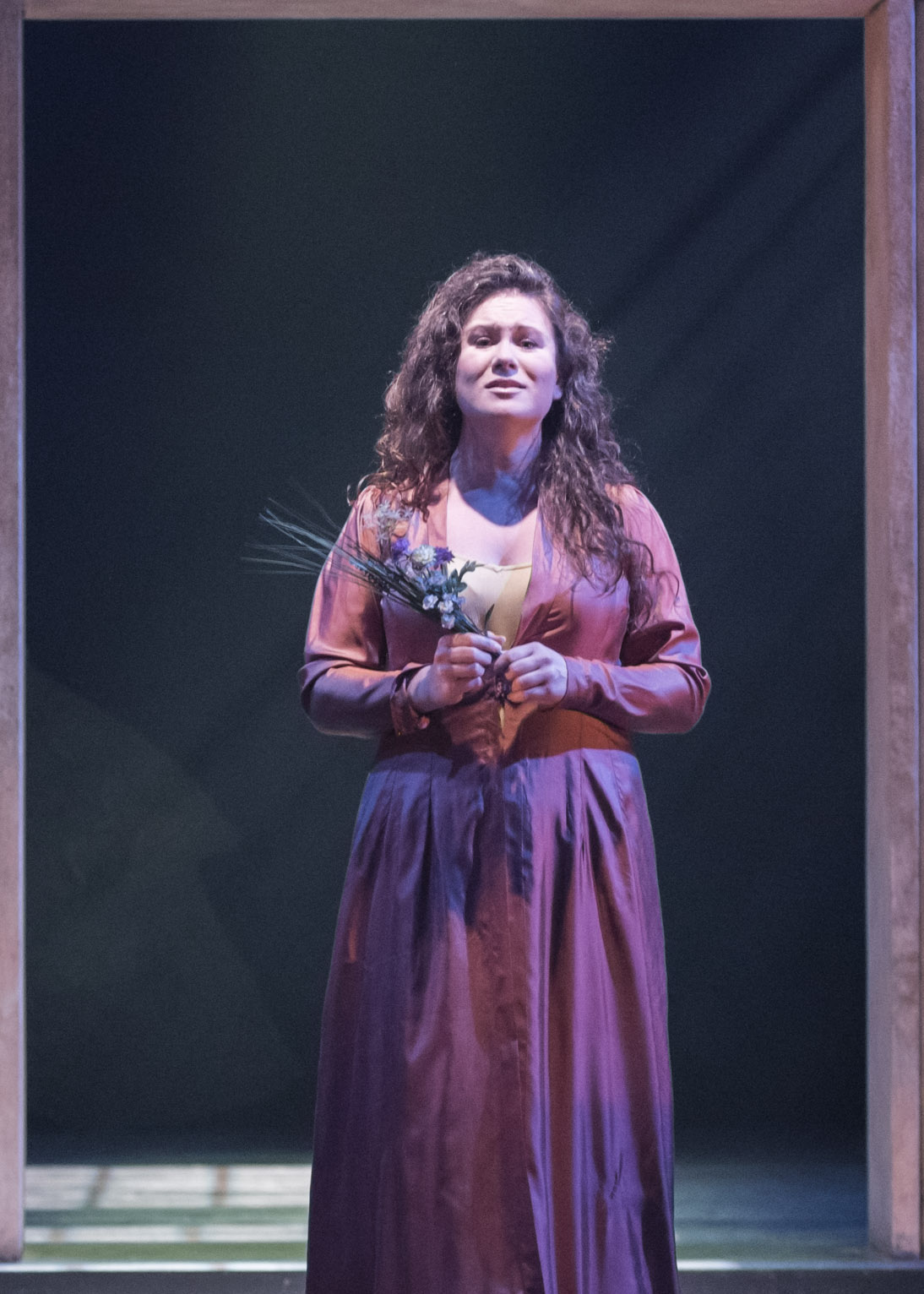 There is strong casting and some weaker. Benjamin Bevan is a forthright, bullish, shotgun-toting Almaviva, slow moving like a highland stalker, but superbly aggressive in his Act 3 aria. The young Norwegian soprano, Beate Mordal, is a lovely, personable, light-voiced Susanna, nicely contrasted with Susanna Fairbairn’s vocally somewhat darker Countess (pictured right), moving especially in “Dove sono,” the opera’s profound, still centre. Anna Harvey’s tall, gangly Cherubino is not helped by being made to start “Voi che sapete” like a nervy choirboy, but otherwise survives the various gender changes with the vibrant, oversexed image of “Non so più” intact. Harry Nicoll doubles as a mincing Basilio and a twittery Don Curzio, both neat, precise portraits; but Eric Roberts’s sharply drawn Bartolo is at present marred by vocal and verbal inaccuracy, which so far as I could tell his very funny gardener, Antonio, is not.
There is strong casting and some weaker. Benjamin Bevan is a forthright, bullish, shotgun-toting Almaviva, slow moving like a highland stalker, but superbly aggressive in his Act 3 aria. The young Norwegian soprano, Beate Mordal, is a lovely, personable, light-voiced Susanna, nicely contrasted with Susanna Fairbairn’s vocally somewhat darker Countess (pictured right), moving especially in “Dove sono,” the opera’s profound, still centre. Anna Harvey’s tall, gangly Cherubino is not helped by being made to start “Voi che sapete” like a nervy choirboy, but otherwise survives the various gender changes with the vibrant, oversexed image of “Non so più” intact. Harry Nicoll doubles as a mincing Basilio and a twittery Don Curzio, both neat, precise portraits; but Eric Roberts’s sharply drawn Bartolo is at present marred by vocal and verbal inaccuracy, which so far as I could tell his very funny gardener, Antonio, is not.
Robert Houssart conducts, stylishly enough but with a certain preference for slow-to-moderato tempi that is reflected in the stage movement or, sometimes, lack of it. He needs, too, to get to grips with matters of ensemble between stage and pit. But the playing itself is bright and well-honed, and the performance is accelerated in the usual ways, by denying Marcellina (Wendy Dawn Thompson) and Basilio their last-act arias and by swingeing cuts to the recitatives.

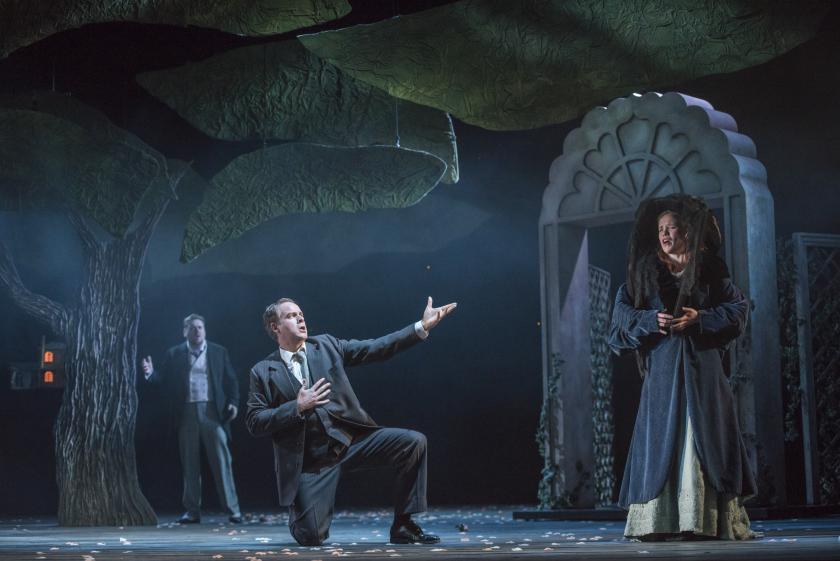

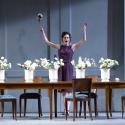
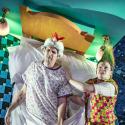
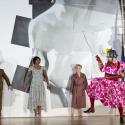
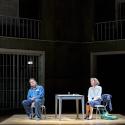








Add comment